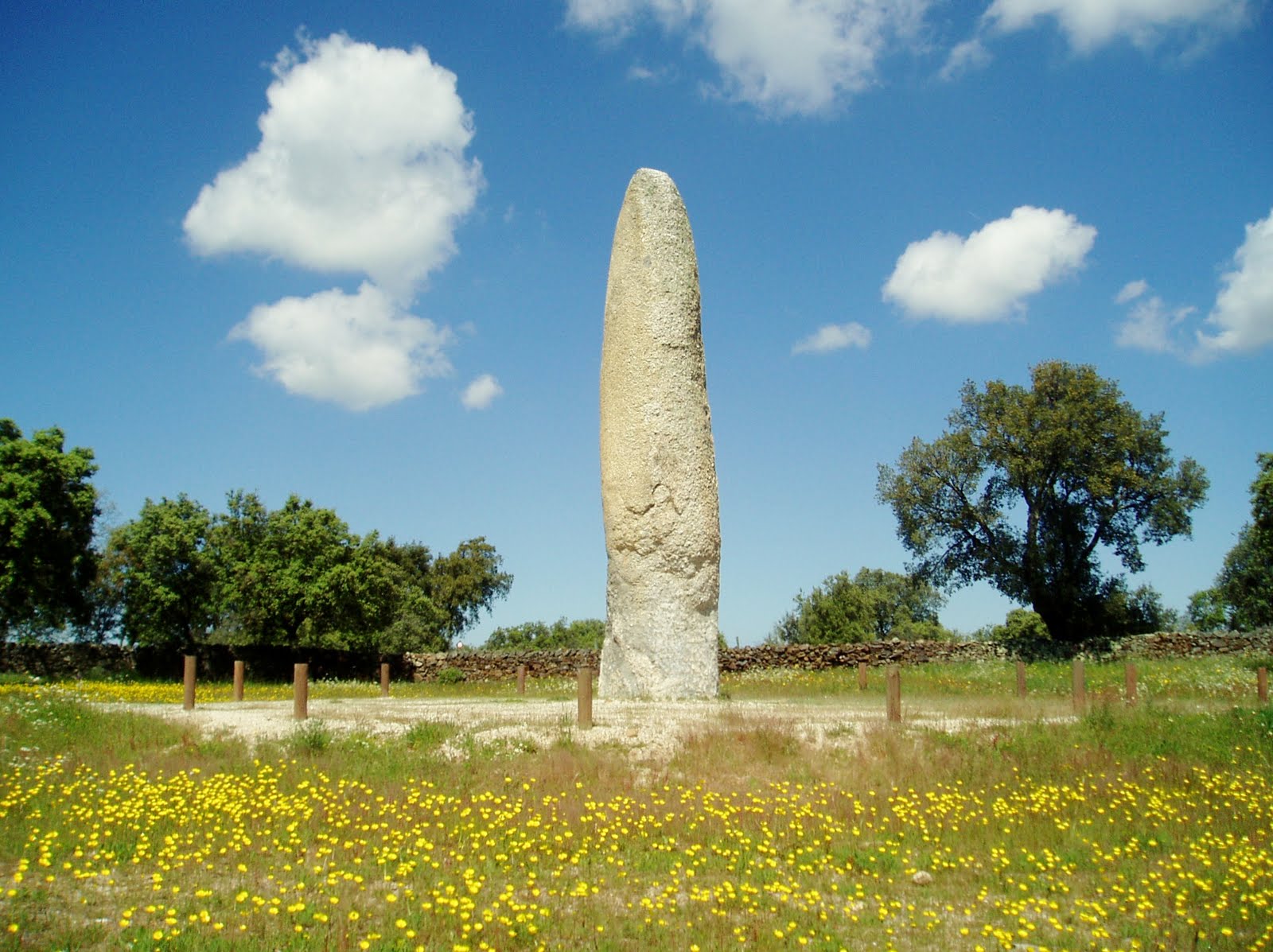
Dólmenes y Menhires MENHIR DA MEADA EL MAYOR DE LA PENISULA IBERICA CASTELO DE VIDE
The Goni menhirs, the Sardinian Stonehenge. Pranu Muttedu Archaeological Park is located in the small town of Goni, in Gerrei south of the island. As soon as you step foot in the park you will understand why the area is known as Sardinia's Stonehenge, in reference to the famous archaeological site in the UK. The park spans over 200,000 square.

DOLMENES, CROMLECH, TÚMULOS Y MENHIRES Mundo oculto
At the northern end near a spring is the Tour Menhir, a large standing stone. The Northern Dolmen is an impressive 'gallery type tomb'. It consists of two standing rectangular stones, topped with a flat capstone. The massive capstone is broken and is believed to weigh a staggering 30 tones. The dolmen has an antechamber where once a stone.

Menhir Es una piedra larga vertical que está hincada en la tierra por uno de sus extremos. Es
dolmen can be defined as a massive worked block of stone which has bee~ made to lie suspended in space in the horizontal position. It constitutes an integral component of the megalithic buildings which had their hey-day in the New Stone Age, or Neolithic period (Mega =large, Neo =new, lithic= stone).

Dolmen Ancient Megalithic Structures & Archaeology Britannica
Left: Dolmen of stone plates. Right: Dolmen of boulders . The menhirs are the most typical megalith found in the Urals. A menhir is a single vertical stone. They can be found singularly, as a monolith, or in groups. The menhirs found in the Urals include monoliths and groupings, and tend to be roughly finished.

Dólmenes y Menhires MENHIR DA MEADA EL MAYOR DE LA PENISULA IBERICA CASTELO DE VIDE
About Press Copyright Contact us Creators Advertise Developers Terms Privacy Policy & Safety How YouTube works Test new features NFL Sunday Ticket Press Copyright.
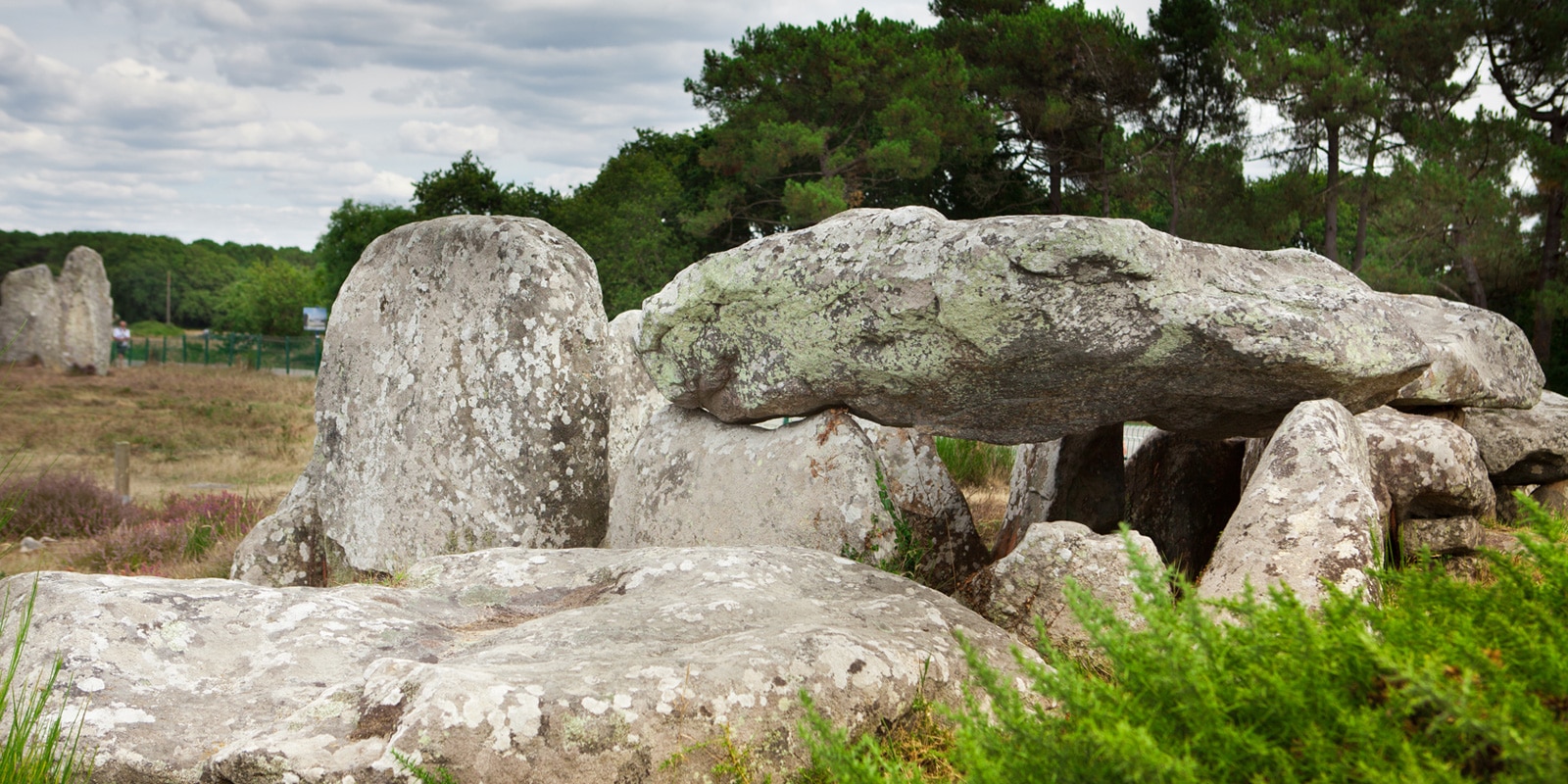
Menhir ou Dolmen ? Lexique du mégalithisme OT Carnac
16. Manio Quadrilateral. 1. Menhir. A menhir (from Brittonic languages: maen or men, "stone" and hir or hîr, "long"), standing stone, orthostat, lith or masseba/ matseva, is a large manmade standing stone. Menhirs may be found only as monoliths or as part of a collection of similar stones. 2. Dolmen.
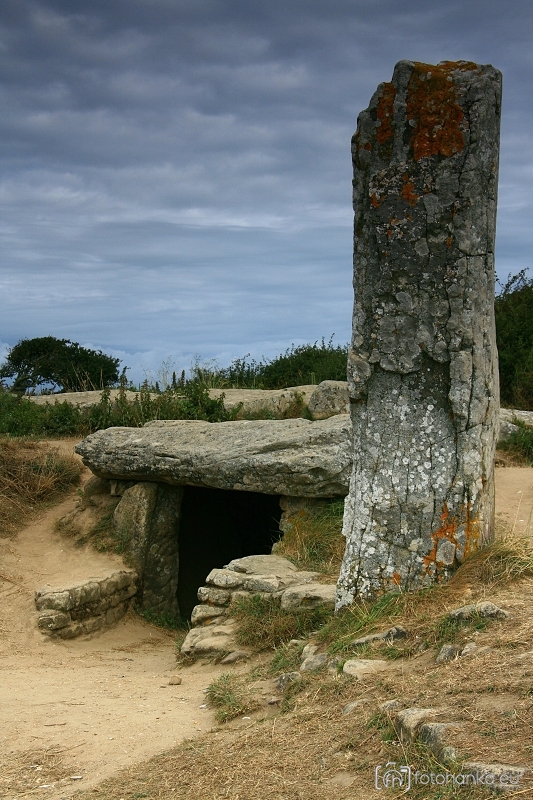
Menhir a dolmen FotoHanka
Le Menhir du Champ Dolent, à Dol-de-Bretagne, mesure 9,30 m Dans Mémoires d'un touriste, Stendhal se demande « Par quel mécanisme les Gaulois, que nous nous figurons si peu avancés dans les arts, ont-ils pu transporter une masse de granit longue de quarante pieds et épaisse de huit ? Comment l'ont-ils dressé ? »

pengertian dolmen, menhir dan sarkofagus Ilmumbahguru
The Menhir de Champ-Dolent ( French: [meniʁ də ʃɑ̃ dɔlɑ̃]; Breton: Maen-hir dolenn) is a menhir, or upright standing stone, located in a field outside the town of Dol-de-Bretagne. It is the second largest standing stone in Brittany and is over 9 metres high. Location
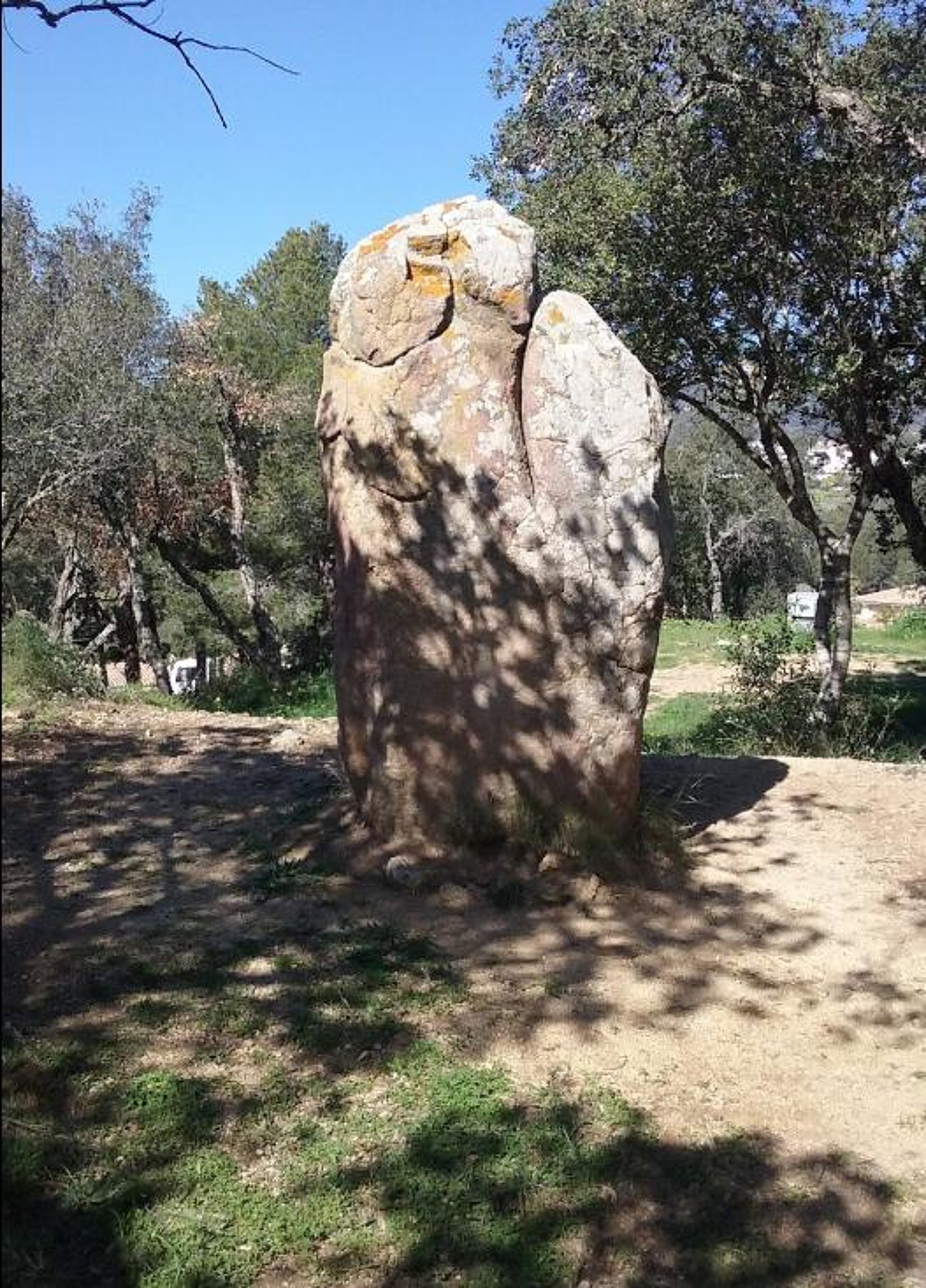
Dolmen y menhir de Puigsesforques 2023 Visita Costa Brava
Dolmen A prehistoric megalithic tomb consisting of a capstone supported by two or more upright stones, most having originally been covered with earth or smaller stones to form a barrow. Apr 26, 2022 Menhir A large stone set upright in olden times as a memorial or monument. Many, of unknown date, are found in Brittany and throughout Northern Europe.

Menhir , Dolmen & Co. Fortunadrago.it
A menhir is a standing stone of the kind that Obelix delivers in the Asterix books. According to the Dictionary of Word Origins and the OED, menhir comes from Breton mean-hir (long stone), which is what the Welsh term maen hir means, so it seems that they are the same. The usual Breton word for such standing stones is peulvan, however. The word.

Menhir Standing stone, Megalith, Ancient
E proprio come Stonehenge, questi dolmen e menhir mantengono un'aura di misticismo, anche se sappiamo, più o meno dettagliatamente, a cosa servivano. Eppure, ci interroghiamo sulle persone che li hanno costruiti e su quelle che, nel caso dei dolmen, vi sono state sepolte; magari pensiamo al modo in cui trascorrevano le loro giornate o alle.

Dolmen de Ballykeel Dolmen en Irlande du Nord Guide
A menhir ( / ˈmɛnhɪər /; [1] from Brittonic languages: maen or men, "stone" and hir or hîr, "long" [2] ), standing stone, orthostat, or lith is a large upright stone, emplaced in the ground by humans, typically dating from the European middle Bronze Age. They can be found individually as monoliths, or as part of a group of similar stones.
/GettyImages-186031955-5925b7f03df78cbe7e2f6b4a.jpg)
Monumentos megalíticos menhir, dolmen y cromlech
dolmen, a type of stone monument found in a variety of places throughout the world.Dolmens are made of two or more upright stones with a single stone lying across them. The most widely known dolmens are found in northwest Europe, notably in the region of Brittany, France; southern Scandinavia; Britain; Ireland; and the Low Countries.The term dolmen is also used in relation to sites in central.
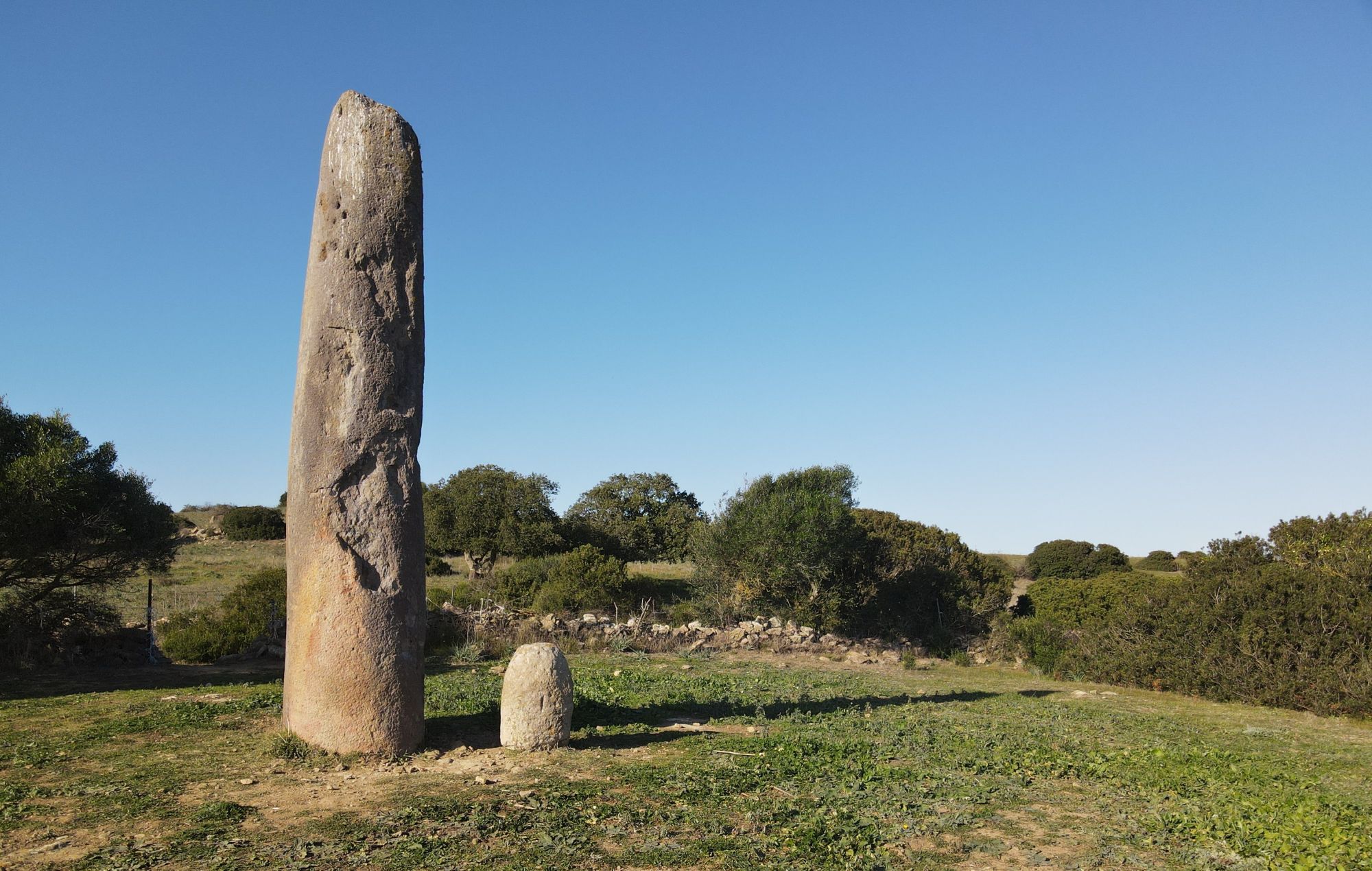
Dolmen e Menhir aree archeologiche in Sardegna Italia.it
A dolmen is a type of megalithic tomb consisting of two or more upright stones supporting a large, flat horizontal stone. They are also known as portal tombs or portal dolmens. Dolmens are found throughout the world, but are most commonly associated with prehistoric Europe.
:max_bytes(150000):strip_icc()/cropped-dolmen-56a431943df78cf7728134c0.jpg)
Monumentos megalíticos menhir, dolmen y cromlech
As nouns the difference between menhir and dolmen. is that menhir is a single tall standing stone as a monument, especially of prehistoric times while dolmen is a prehistoric megalithic tomb consisting of a capstone supported by two or more upright stones, most having originally been covered with earth or smaller stones to form a barrow.

Dolmen, Menhir y Crómlech Dolmenes, Arte antiguo, Megalitos
Locmariaquer is a Stone Age site in north-west France distinguished by its two large stone tombs and massive granite standing stone or menhir. The monumental structures, all built within metres of each other, were built in the 5th millennium BCE by the local sedentary farming community and are amongst the most impressive Neolithic monuments anywhere..